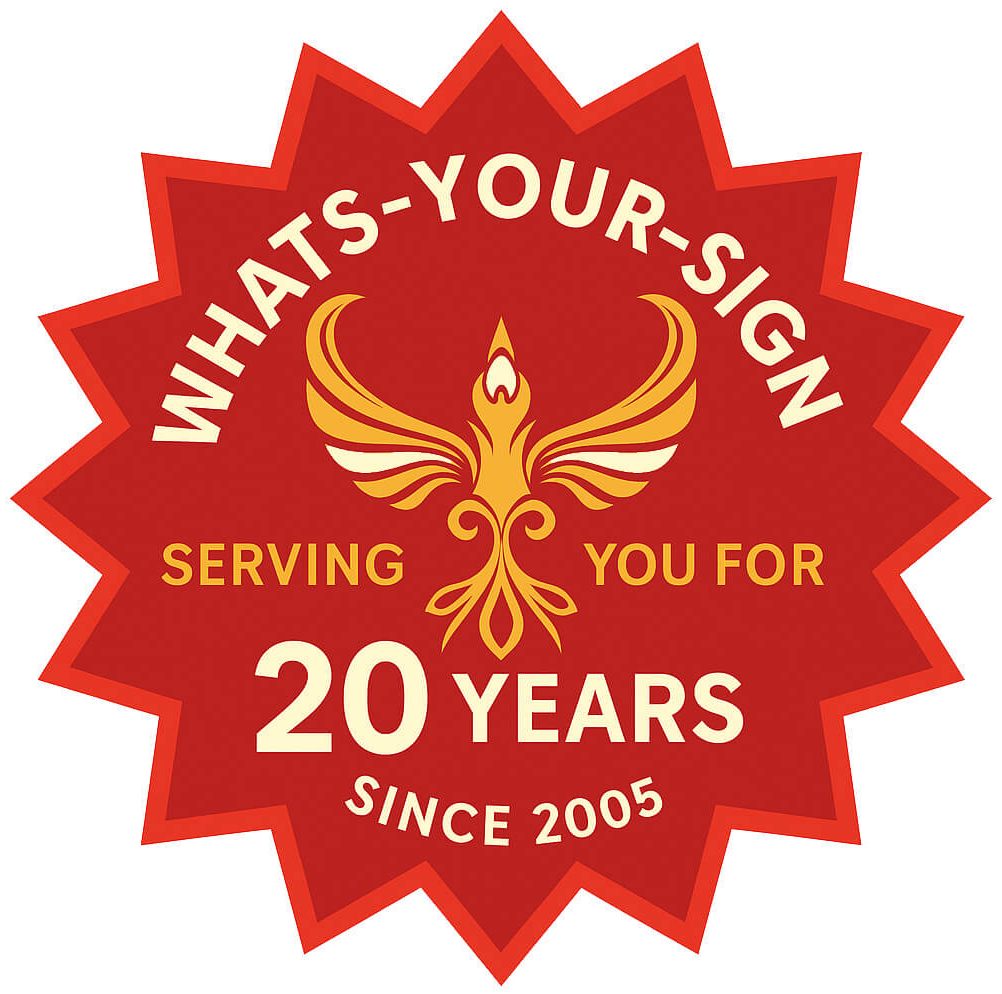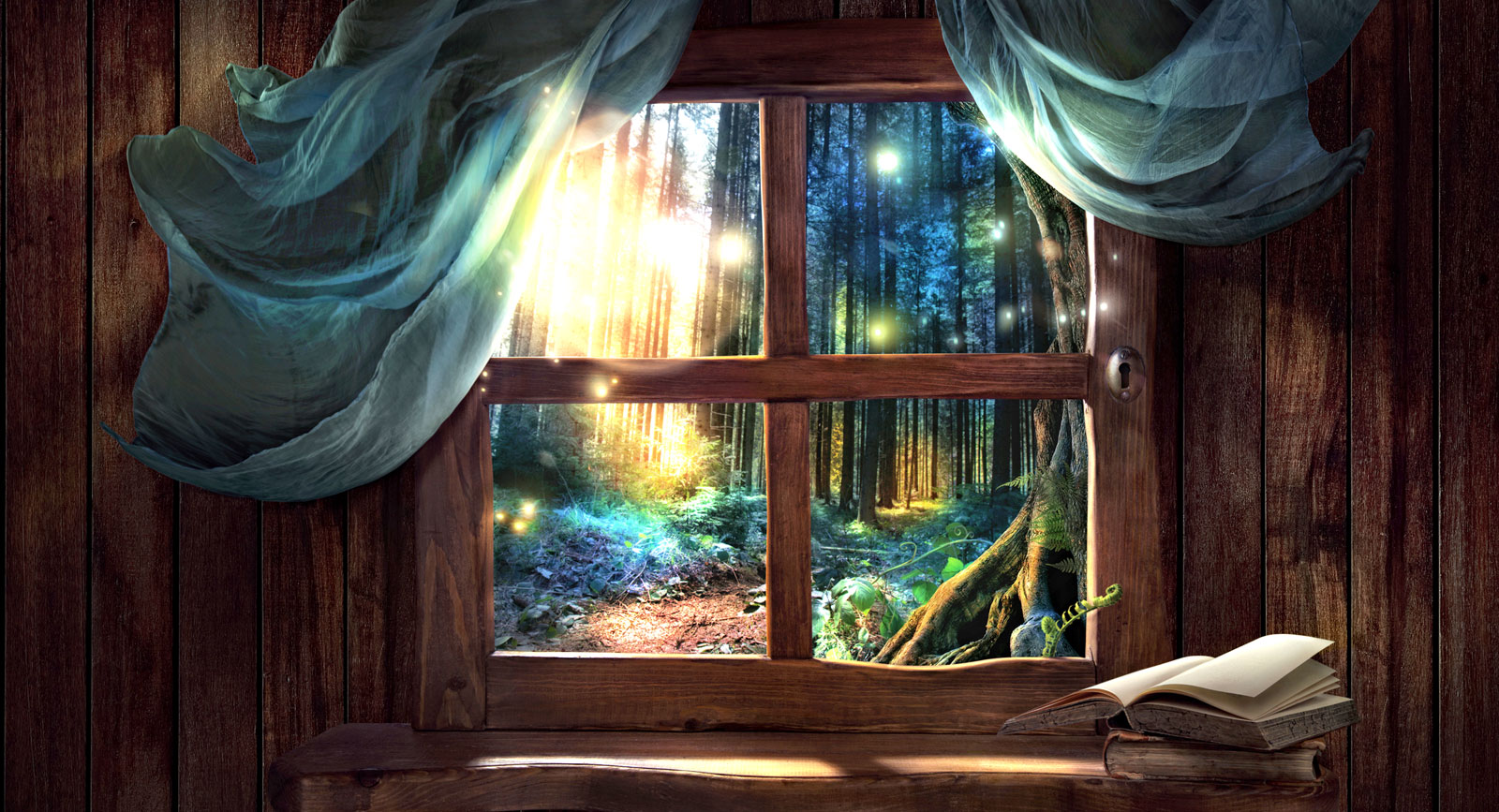Last Updated on October 15, 2023 by Avia
While shamanism might be a rising trend in some spiritual circles, it’s by no means a new system of belief. Shamanistic practices have been around for over 10,000 years. In fact, shamanism was first “discovered” by Western explorers. Missionaries and travelers encountered and worked with various herding societies in central and northeast Asia, Manchuria and Siberia. Since then, shamanism has begun to experience a resurgence. As a result, a lot of people wonder about the tools of shamanism.
This article attempts to summarize the tradition and origins of shamanism. I’m also hoping to define the tools of shamanism for spiritual clarity and growth. Granted, it’s not an easy feat, because there is nothing about understanding shamans that can be summarized or simplified. Nevertheless, here we go into our journey of understanding shamanism through their tools and rituals.
Table of Contents
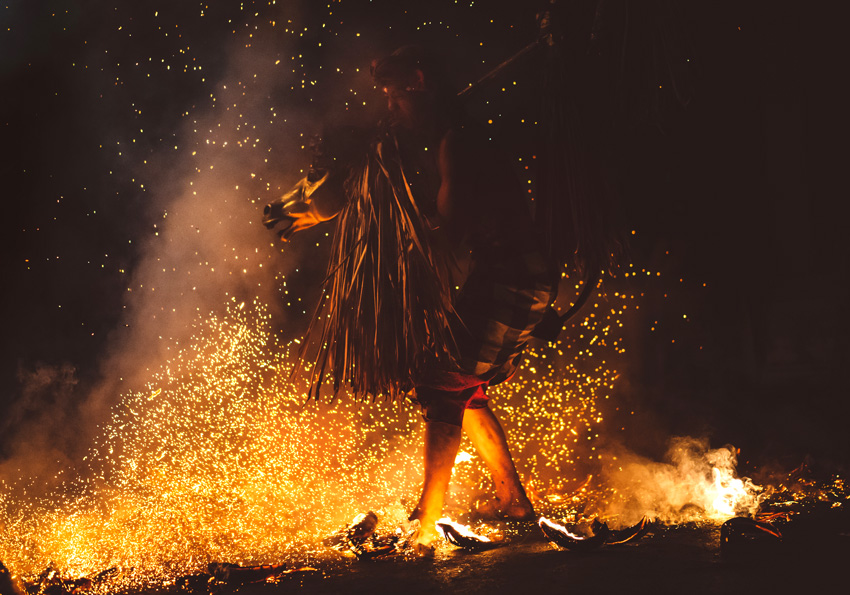
The Origin of The Term Shaman
The terms “shamanism” or “shaman” are derived from ancient northeast Asian, Manchurian, and eastern Siberian Tungus-speaking people. There are conflicting reports as to the true origin of the meaning of the word shaman. In some languages such as Sanskrit, it means “holy one.” Erstwhile, the original Russian (Cossack) Siberia language translates shaman into “one who is moved.”
Still another etymological sources come from early China, in which the meaning is “monk” or “priest.” Then it translates to “one who knows” in Hindi. I’ve also seen the translation of “one with joy” in the ancient Manchurian language.
Ultimately, Tungusic peoples devoted the term “shaman” as one who absorbs light, seeks light, and exudes light. This coined the term that is meant to capture the effort to render harmony and stability. In essence, a shaman is a person that renders spiritual clarification as seen fit in whichever context in a tribe, community, or village.
What Does a Shaman Do?
A shaman refers to a wise, knowledgeable, spiritual person in a tight-knit community. This wise person intercedes on behalf of the spiritual realm in order to dispense messages, diagnosis, guidance, clarification, etc. In short, a shaman possesses native wisdom and serves a long-term commitment to a tribe or clan.
He or she has spent tons of time observing, learning and observing how the spiritual element of the universe impacts their people. In turn, he or she devotes their life to assisting and aiding their community members to heal. A shaman’s job also deals with advancing and helping their kin and clan develop and grow as well as possible within the community. This is often done in the face of extreme afflictions. A shaman might encounter any number of spiritual disorders, disease, or other types of emotional or physical maladies.
What Else Does a Shaman Do?
In order to accomplish such healing feats, shamans typically spent a great deal of time in trance, and are able to transport themselves into heightened levels of awareness to glean non-local, unconventional wisdom. What do I mean by that? Well, in slang terms, a shaman can go “where the busses don’t run” (as my mentor used to say).
What I mean by non-local, unconventional wisdom information is derived from sources that are not tangible, not familiar and perhaps not even within our time zone. This insight is beyond the veil, beyond mundane and must be only accessed through the gateways of greater divine spaces.
We’re talking about infinite space/time here – it’s a realm that is 100% replete with possibilities. Life-long trained shamans can dive into this realm through deep meditation, or – as mentioned – through trance, or ritual, prayer, and deep inward present-moment contemplation and resurface with uncanny projections, insights, cures and intelligence.
Avia’s Experience With Shamanism
I realize what I’m serving up here might sound outlandish or confusing. Maybe it is. It’s challenging to capture the essence of shamanism because it is complex, intricate, and woven through ancient decades of history through family members, tradition, ceremony and ritual.
I became aware of shamanism by spending time with my mentor Ruth. In her youth, she communed with a small tribe of shamanic Siberians who immigrated to Canada in the 1930s. This tiny family held onto their shamanic heritage for over a century. My friend, Ruth, was fortunate enough to break bread with these noble people, and more deeply understand the intricacies of shamanism.
Ruth shared her observations with me, and she taught me what she learned about the art, wisdom and spiritual practices of shamanism. While much of shamanism is cloaked in mystery I did get a lot of inside info as to the tools of shamanism used for sacred rituals and ceremonies.
Tools of Shamanism – What They Are and Why They Are Important
As mentioned, shamans have been performing ceremonies and rituals in order to bring about clarity and understanding for thousands of years. They use various tools to render answers from spirit, sky, clouds, animals, nature, and the cosmos. Here are a few tools of shamanism that have been described to me, and how they are used to auger greater depth of knowledge.
Shamanic Drums
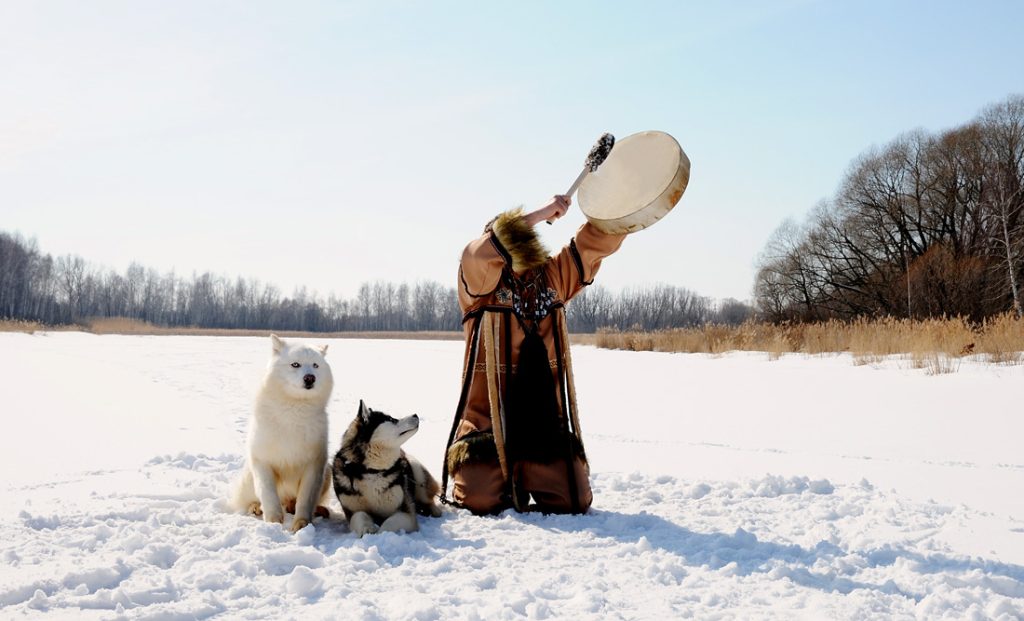
The Purpose of Shamanic Drums
From ancient times, shamans and spiritual wise-people have understood that beat and rhythm are critical when it comes to grounding and connecting with spiritual roots. It has a lot to do with syncing up with the rhythm of the heartbeat, and the pulsing of blood in the body.
By drumming, a shaman can beat to the pace of a human heartbeat, or even link up with an animal’s heartbeat in order to soothe, connect and stabilize. Shamans understand the pace and tempo of life’s rhythm, and they mimic this through sacred drumming in order to bring about an atmosphere that is both soothing and healing.
Shamanic drumming is all about keeping a cadence that gets us in the groove of primal core-ness – essential existence. It’s very rooted and comforting. If I sound vague in this explanation it’s because you can’t quite understand the magic of shamanic drumming until you’ve experienced it for yourself.
Rattles as Tools of Shamanism
For the ancient and modern shaman, rattles pose big power and purpose. They are meant to ward off negative energy. They also incorporate that rhythmic energy we talked about with drumming. A certain rattle acoustic pattern can render a calming state with whoever seeks the shamans healing effect.
What’s more, the rattle can also dispel nefarious entities – essentially shaking them out of the environment so that healing can commence. What’s more, a shamanic rattle is used to consecrate a space or make a home sacred in a way that the place is clarified and free for positive energy to flow.
The comforting cadence of the rattle is melodic and sedative to the clansman who seeks healing from the shaman. Alternatively, the sound can be jarring to unwanted energetic influences, so that intangible spirits are essentially pulled out of the environment (or even pulled out of the human).
Flutes and Melodic Instruments
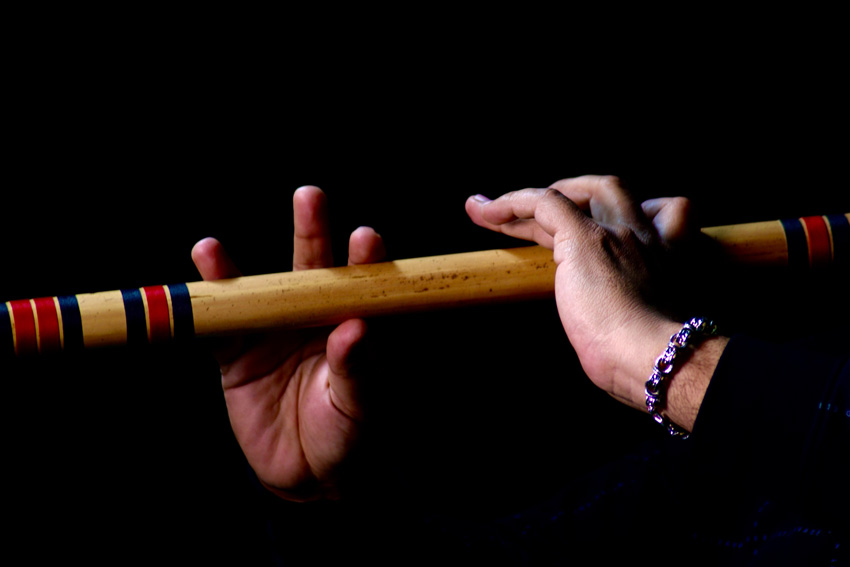
Not only was rhythm a big deal for ancient shamans, but melody, harmony and music played a huge role in shamanic healing. Shamans believed that certain melodic scales had healing properties. In fact, ancient Siberian records reveal that the key of C was considered a champion in terms of aligning the human body. This open key was known to create homeostasis with blood flow, organs and spiritual balance.
Therefore, shamans would carve their own flutes. Or, they crafted instruments and played them during ceremonies and rituals to draw out negativity and soothe the souls of whomever they were treating.
Smoke, Fire, and Burning in Shamanic Rituals
In almost every instance I’ve encountered in my studies and encounters with traditional shamanism, there is always some kind of use of burning and smoke. In most cases, some sort of sacred brush is burned. This is meant to present an aroma that is elevating. Sacred smoke heightens the senses of both the shaman and his or her clan member seeking help.
Burning and the use of smoke is an ancient art of cleansing, divining, and piercing reality in a way that reveals insight. You could call this smudging or smoke cleansing – it’s pretty much the same. However, ancient shamans were known to use shrubbery that emitted a sort of hallucinogenic when burned. The point here was not to get high. It is (was) about altering consciousness in order to get to the core of the issue.
Furthermore, the act of igniting fire is akin to evoking life. Fire was/is a very sacred, holy element. It represent energy, passion, spirit, soul and so much more. Shamans regularly lit flames, burned sacred materials and used smoke in ritual in order to reinforce the power of deities.
Smoke and fire were also used as oracular tools. They were purposed so shamans could divine the mechanizations of spirits. Sacred smoke allowed clarity going forward. Smoke was a way to foretell what deities might have in store in the future).
Reflective Devices and Gaining Shamanic Insight
Modern shamans might use mirrors, but ancient shamans would use reflective inventions. This could be a vessel of water (or a body of water) to project imagery on the surface. This is done to draw out negativity, cleanse and heal. A mirror or a reflective surface is meant to reveal true intention, and core identity. It’s meant to shed light on issues. Reflective objects or water are clarifying. It draws out suspicious or wonky in the energy of whatever or whoever is seeking consult from a shaman. A watery surface was/is particularly useful because water is a cleansing element. In trance, a shaman can dive into the watery reflection as a means to separate truth from falsity. Reflection is a funny thing. It’s not really you or me – it’s a representation – that allows a shaman a gateway to suss out what is real, and what is not.
The Last Word on the Tools of Shamanism
It goes without saying that the art of shamanism has shifted a lot over the centuries. Nevertheless, the tools and practices of shamans still carry on today as much as ever. By retelling stories, and sharing understandings as I learned from my mentor, Ruth.
At the end of the day, the tools of shamanism are up to your own discernment. When it comes to delving into the spiritual world of healing and insight, I recommend holding to the ancient truth. Endeavor to do no harm, and hold firm to your instinct and intuition to render healing results in your path of shamanic practices. As always, thanks for reading!
Mighty brightly,

© Copyrighted. All Rights Reserved.
